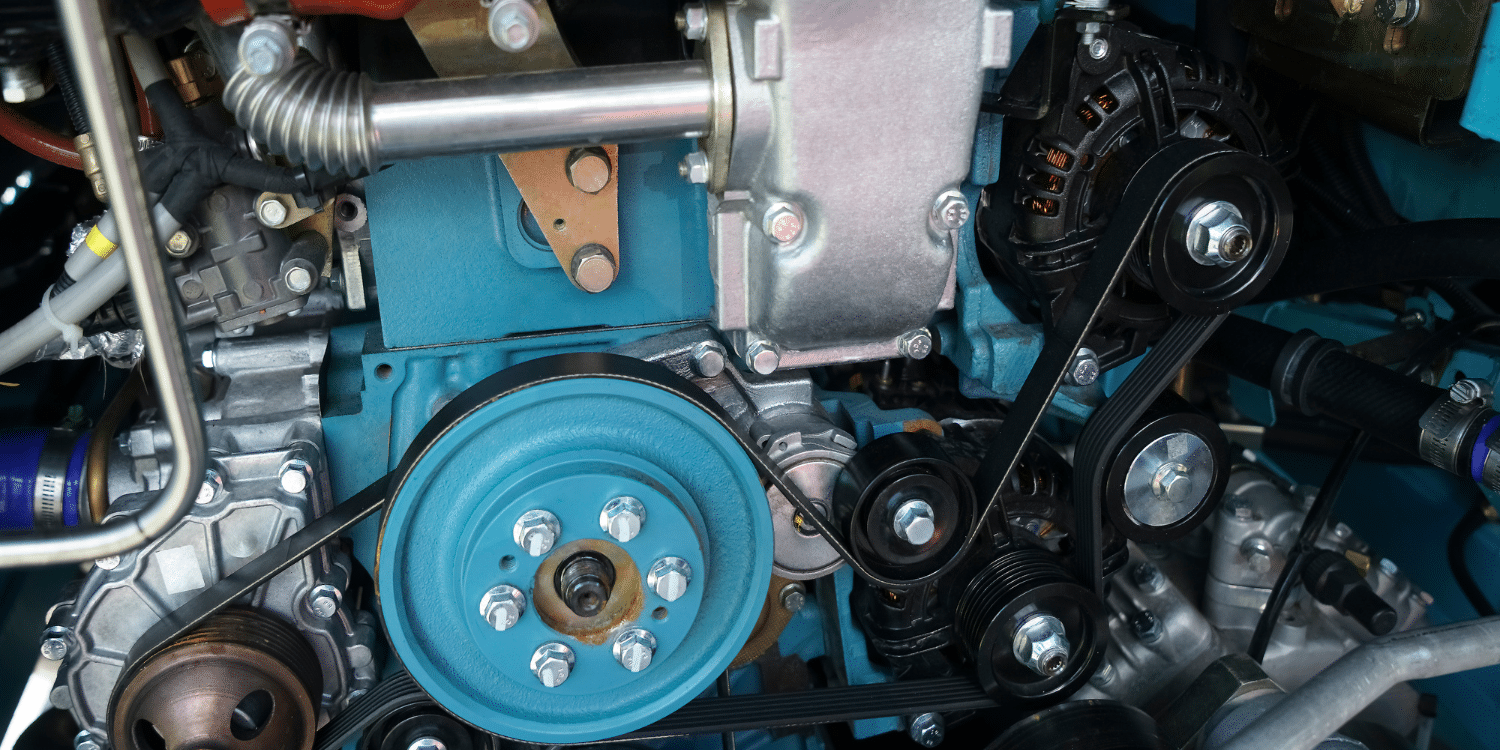Some of the most common alternator problems are remarkably simple to troubleshoot if you have the right equipment. Problems like squealing and grinding noises, low voltage outputs, and starting or dying issues can often be investigated with relatively basic tools. Of course, knowing exactly what to look for is vital. A lot of common alternator problems actually turn out to be caused by issues like bad batteries, loose serpentine belts, and poor grounds, which is why it’s so important to follow a thorough troubleshooting procedure.
Identifying Common Alternator Issues
Some alternator problems are actually caused by a bad alternator, and others are caused by external issues. Some common examples include:
- loose or worn belts
- misaligned pulleys
- worn out bearing
- bad electrical connections
- voltage regular problems
- failure of internal alternator components
Troubleshooting Alternator Noises
Grinding and squealing sounds are often associated with charging system issues, but they typically indicate different problems. A grinding sound may indicate bad alternator bearings, which can be checked by listening to the alternator with a mechanic’s stethoscope. Grinding sounds may transfer into an alternator from elsewhere, so it’s important to verify the source before condemning a unit. On the other hand, squealing sounds are typically caused by a loose or glazed belt. Belt tension can be examined visually, but checking the deflection with a ruler or a special tool is more accurate.
Troubleshooting External Electrical Issues
Poor electrical connections and bad batteries can also masquerade as alternator problems, which is why they can’t be overlooked. Electrical connections should be checked for tightness, and it’s also a good idea to test for a voltage drop between the alternator and the battery. If the voltage drop is greater than 0.5 volts, then something other than the alternator is causing the problem. If there is no voltage drop, then it’s a good idea to load test the battery or battery bank with a carbon pile.
Some vehicles have a warning light on the dash that will illuminate if the alternator output drops below a certain threshold. However, that same warning light can actually cause an alternator to malfunction. In those cases, simply replacing a blown out or missing warning light will cause the malfunctioning alternator to start working again.
Troubleshooting Voltage Output
If all of the electrical connections are tight, and the battery is in good working order, then low output voltage may be caused by a bad regulator. However, it’s important to check the engine idle speed before condemning the regulator. If the idle speed is too low, and the voltage output is normal at a higher RPM, then the regulator is probably fine. If everything else checks out, then the regulator or the alternator itself may be bad.
Troubleshooting Amperage Output
The final step in troubleshooting an alternator problem is to simulate a load with a carbon pile and check the amperage output with an ammeter. If everything else has checked out okay, then a low amperage reading typically indicated some type of internal fault. In that case, the alternator may be removed for bench testing, rebuilding, or it may be simply replaced with a new unit.
If you’re in need of a new heavy duty or high output alternator, browse our catalogue now.


